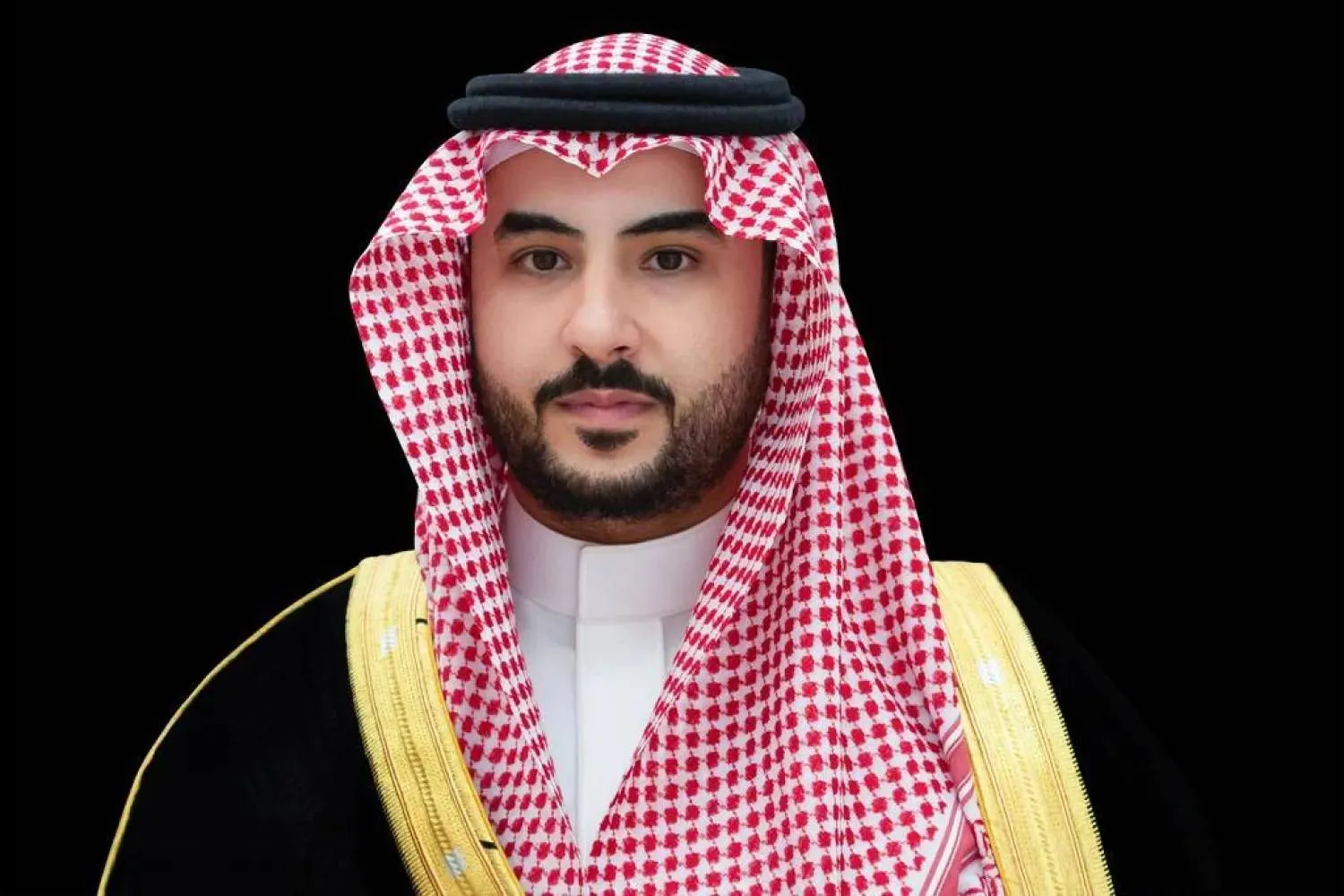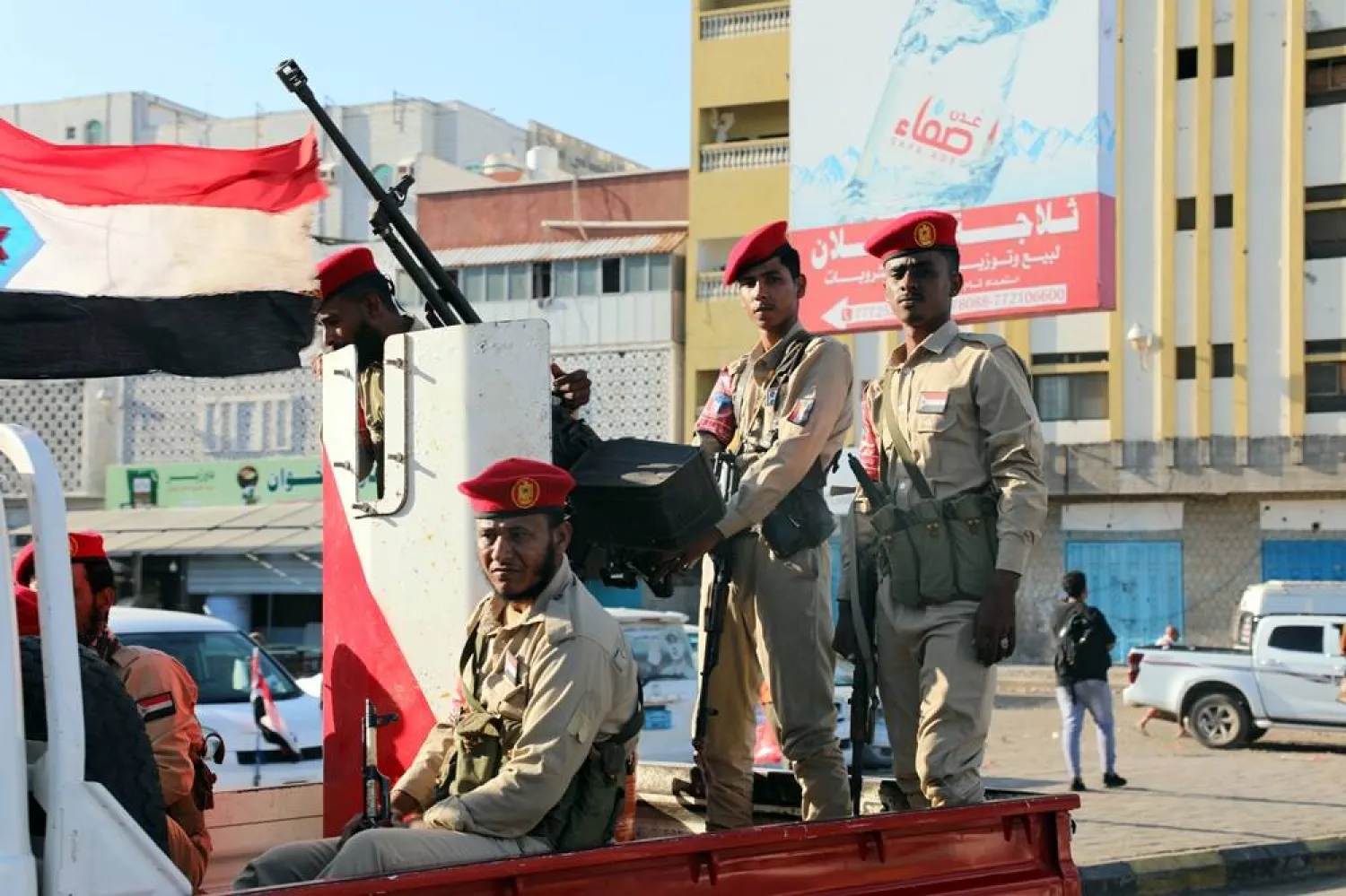After the unification of Saudi Arabia, the newly established state, stretching from the mountains of Tihamah to the Syrian desert and from the Red Sea to the Arabian Gulf, faced significant economic challenges. The state's first budget barely reached SAR 14 million, issued just a year after its formation. Today, the Kingdom boasts the largest economy in the Middle East and ranks among the top 20 global economies, playing a key role in the G20, with its annual budget surpassing one trillion riyals.
These early challenges were compounded by the pressures of World War II, which had a severe impact on the global economy, causing rising prices and scarce resources, especially customs and trade revenues, which were vital to the Saudi budget. Despite these difficulties, Abdullah bin Suleiman Al-Hamdan, Saudi Arabia’s first Minister of Finance, rejected a US offer of an in-kind loan worth $25 million, aimed at covering food expenses.
As British orientalist John Philby (1885-1960), who later became known as Abdullah Philby, noted in his book, Forty Years in the Wilderness (published in 1957 and translated into Arabic in 2004), the US offered the loan in the form of rice, sugar, 20,000 tons of wheat and flour, and military vehicles. However, Al-Hamdan refused this in-kind loan and engaged in lengthy negotiations, ultimately securing a $10 million cash loan to fund essential projects, including a power station and hospitals in Riyadh and Taif, and improvements to the Jeddah port. Philby emphasized that Al-Hamdan’s actions reflected the vision of King Abdulaziz, who was deeply involved in numerous development projects during this period, between the unification of the Kingdom and the commercial discovery of oil in 1938.

Security and development
Since its founding, Saudi Arabia has prioritized both security and development. However, the early days were far from easy. The country faced enormous challenges in financing essential infrastructure projects, such as roads, healthcare, and schools. One of the primary difficulties was transforming the population into a productive workforce, which required building factories, settling nomadic communities, and promoting education—what is now referred to as human development.
In 1933, Saudi Arabia signed a concession agreement with the Standard Oil Company of California (SoCal) to explore for oil. This led to the creation of a subsidiary company, the California Arabian Standard Oil Company (CASOC), to oversee the agreement. After extensive efforts to survey the Saudi deserts for oil, drilling began in 1935.
March 4, 1938, marked a pivotal moment in Saudi history and the global oil industry. On this day, oil flowed from the first successful test well in Dhahran, known as Dammam Well No. 7, positioning Saudi Arabia as the country with the largest oil reserves and a key player in the global energy sector. This well, drilled to a depth of 1,441 meters on what is now known as Dhahran Hill, became famously known as the Prosperity Well.
The gradual increase in oil production coincided with the outbreak of World War II, which highlighted the growing global importance of energy. However, oil revenues remained modest due to the economic depression because of the war. Nevertheless, in 1945, the year the war ended, the Kingdom's budget was issued, amounting to approximately SAR 173 million. The post-war period provided an opportunity for further exploration, both on land and, for the first time, in Saudi Arabia’s territorial waters.
Era of prosperity
Although the Dammam oil field heralded the dawn of prosperity for Saudi Arabia's economy, it was just one of many oil and natural gas fields. The year 1948 marked the true beginning of Saudi Arabia’s oil era, as it was in this year that the Ghawar Field in Al-Ahsa was discovered. Ghawar is the largest conventional oil field in the world and accounts for nearly a third of Saudi Arabia’s cumulative oil production. Production from this field began in 1951, and it is capable of pumping more than 3.8 million barrels of oil per day.
In 1951, the Safaniya field was discovered in the waters of the Arabian Gulf, located about 265 kilometers north of Dhahran. Safaniya is the world’s largest offshore oil field, with production exceeding 1.2 million barrels per day. Actual production from this field began in 1957.
Tapline: A pipeline of development
A year before the end of World War II, the oil company Aramco and the Saudi government anticipated that war-ravaged Europe would soon be in dire need of Arab oil to fuel its reconstruction. At that time, shipping Saudi oil to Europe took nine days, covering a distance of 3,600 miles across Saudi waters, passing through the Arabian Gulf, Red Sea, and Suez Canal before reaching the Mediterranean.
This challenge led to the idea of creating a new pipeline that would connect the oil fields in eastern Saudi Arabia with the Mediterranean Sea, a project known as the Trans-Arabian Pipeline (Tapline). The Tapline was a major driver of development in Saudi Arabia.
In 1944, Aramco established the Trans-Arabian Pipeline Company as a joint venture with other international oil firms. Construction of the pipeline began in 1947, and it stretched 1,648 kilometers, making it the longest in the world at the time. It extended from the Arabian Gulf to Lebanon’s port of Sidon on the Mediterranean coast, passing through three Arab countries—Jordan, Syria, and Lebanon. The pipeline was completed in 1950, requiring 35,000 tons of pipes and 16,000 workers to build, at a cost of $230 million.
Tapline was able to transport a third of Saudi Arabia’s oil production. By 1951, the pipeline was fully operational, leading to an increase in Aramco’s production from 200 million to 278 million barrels.

Modernization
The inflow of oil revenues had a profound impact on Saudi Arabia’s development trajectory. In 1970, the government adopted a policy to use oil revenues for five-year development plans, focusing on economic, human, and social development. The first five-year plan (1970–1975), implemented during the reign of King Faisal, marked the beginning of what became known as the "economic boom," which lasted for a decade from 1970 to 1980.
During this period, high oil revenues sparked an economic surge, driving extensive modernization efforts across the country. Saudi Arabia witnessed the construction of infrastructure, the expansion of schools, a significant increase in the number of educated citizens, the establishment of universities, hospitals, and airports, as well as the recruitment of millions of workers.
Government lending for real estate development and the construction of factories also expanded. Cities grew rapidly, and the country experienced a migration from rural areas to major cities such as Riyadh, Jeddah, Dammam, and Dhahran, fueled by a project to settle nomadic Bedouins.
This era of prosperity transformed Saudi Arabia, positioning it as a global energy leader and setting the foundation for the country’s ongoing economic and social development.

Saudi Arabia’s vision and future
In December 2019, Custodian of the Two Holy King Salman bin Abdulaziz announced the Kingdom’s largest budget ever, with expenditures exceeding SAR 1.1 trillion ($295 billion) and revenues reaching SAR 975 billion ($260 billion). The budget reflected a 4.6% reduction in the deficit, and King Salman emphasized the country's commitment to economic reform, financial management, transparency, and empowering the private sector. His focus was on achieving comprehensive development across all regions of the Kingdom.
Crown Prince Mohammed bin Salman, the architect of Saudi Vision 2030, reaffirmed the Kingdom's commitment to economic and structural reforms, which aim to diversify the economy, achieve financial sustainability, and improve living standards for citizens. Vision 2030, launched in April 2016, seeks to foster a vibrant society and thriving economy by creating an environment conducive to growth, generating employment opportunities, nurturing talent, and attracting investments.
Saudi Arabia is investing in new and promising sectors while privatizing more government services to diversify and sustain the economy. The Kingdom has made significant strides in increasing non-oil revenues, which rose from SAR 127 billion ($33 billion) in 2014 to SAR 287 billion ($76 billion) in 2018. By 2023, non-oil revenues had reached approximately SAR 441 billion, a 7.3% increase compared to 2022.
The Kingdom has also emerged as the largest economy in the Arab world and the Middle East, and one of the top 20 economies globally, with a growing influence in the G20. Since 2021, Bloomberg ranked the Saudi economy as the fastest-growing in the world. According to the World Bank, Saudi Arabia is projected to achieve real GDP growth of 2.5% in 2024, following a contraction in 2023, with growth accelerating to 5.9% in 2025. Forecasts suggest that Saudi Arabia’s economy will rank second in expected growth by 2025, trailing only India, which is projected to grow at 6.5%.
The country’s per capita GDP has also seen significant growth, with nominal GDP reaching around SAR 118,000 in 2023, compared to SAR 129,200 in 2022, according to the General Authority for Statistics. The Kingdom’s overall GDP reached about SAR 4 trillion ($1 trillion) in 2023. In addition, Saudi Arabia has established one of the world’s largest sovereign wealth funds. The Public Investment Fund (PIF) announced in July that its assets had grown by 28%, reaching SAR 3.7 trillion by the end of 2023, compared to SAR 2.9 trillion at the end of 2022..

Education and women empowerment
Education has been a cornerstone of Saudi Arabia's development. In 1930, only around 2,300 students were enrolled in schools across the Kingdom. By 1949, that number had increased to about 20,000, and over the following decades, enrollment figures soared. Between 1970 and 1983, the number of students in various educational levels grew from 400,000 to 1.8 million, while the number of female students surged from around 200,000 to over 700,000. By 2024, the number of students in general education had reached approximately 6.3 million, with over 1.3 million in higher education institutions.
Women empowerment has been a key focus of Vision 2030, with significant gains in recent years. In 2023, women’s participation in the workforce doubled to 35.3%, up from 17% in 2017. Women have also been appointed to leadership roles in new sectors, including tourism and entertainment.
According to the General Authority for Statistics, as of December 2023, more than 1.28 million women were employed in the private sector, with Saudi women making up the majority (945,000), while expatriate women accounted for 335,000. Women represented 40.8% of Saudi citizens employed in the private sector, reflecting the Kingdom’s ongoing commitment to gender equality and workforce diversity.









